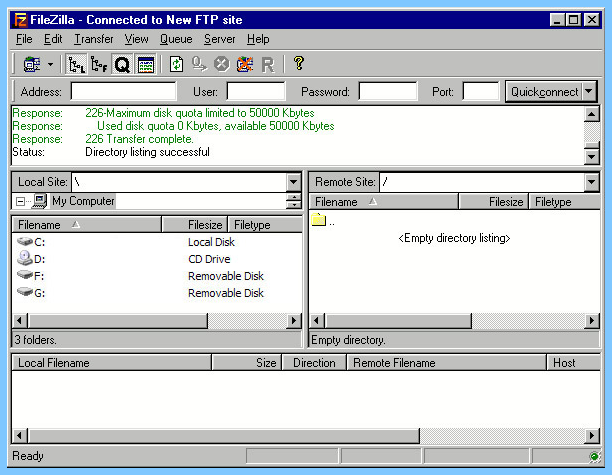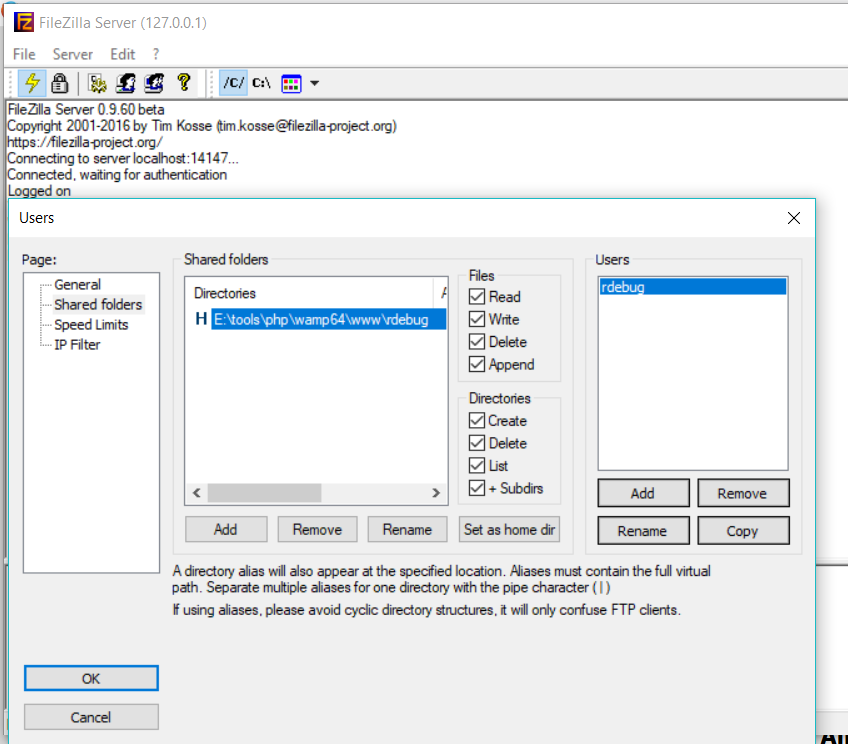

It’s better to check FTP logs that IIS records for FTP connections

If you are still seeing the issue, check IIS and FTP logs (c:\inetpub\logs\LogFiles\FTPSVC2) but don’t let it mislead you. The user account may not have “Log on locally” or “Allow only anonymous connections security” rights. Check local user properties or Active Directory user settings to make sure the user account is active.

If you local or domain account is locked or expired, you may end up seeing “User cannot log in” error. In the Security tab, make sure the user has required permissions. Right click the folder and go to Properties. The FTP users (local or domain users) should have permissions on the physical folder. Check “IIS > FTP site > FTP Authorization Rules” page to allow or deny access for certain or all users. Make sure to have an Authorization rule that allows the user or anonymous access. The items below may cause “530 User cannot log in, home directory inaccessible” as well. Note: You can configure your FTP client to use only the active mode if you don’t want to turn on passive mode The client connects to this port to transfer data. In order to use passive mode, enter a port range and IP address in “IIS > Server name > FTP Firewall Support” page In passive mode, the server opens a port. The server connects to this port for transferring data. There are two types of FTP connections: Active mode and passive mode.


 0 kommentar(er)
0 kommentar(er)
